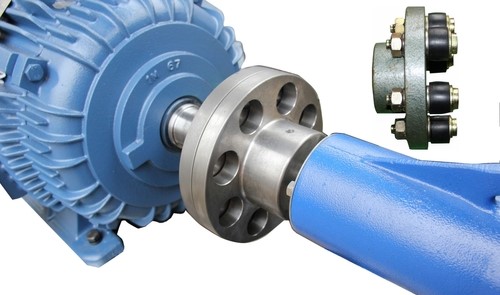Background
This case study outlines detecting compressor motor bearing wear using vibration analysis in a nutrition manufacturing facility in Ireland.
The Eastway team have been supporting the on-site maintenance personnel in this plant since 2009 both on-site and through online remote monitoring with the Eastway Safeguard® system. Eastway provide remote monitoring, monthly on-site vibration analysis surveys, quarterly ultrasonic leakage surveys, bi-annual steam surveys and bi-annual thermography inspections to this plant.
This nutrition plant has a maintenance team that works closely with Eastway and provides regular feedback on asset condition.
Case description
In March 2022 during the vibration survey, the condition monitoring engineer noticed high vibration values in acceleration (g RMS) and velocity (mm/s RMS) at the Kaeser compressor motor bearings. Vibration data was collected from the field with a portable FFT analyzer. See Figure 1. the motor drive end acceleration (g RMS) trend showing this unexpected increase in trend.

Figure 1. Acceleration (g RMS) trend from motor drive end test point.
Recommended Action
Further analysis of the vibration data from the motor was completed by the Eastway condition monitoring team. On the analysis, the velocity (mm/s RMS), acceleration (g RMS) and demodulation (g RMS) data were examined.
The analysis by Eastway determined an increase in the vibration noise and frequencies related to motor bearings deterioration. Based on this analysis it was recommended to the site maintenance personnel to inspect and replace the motor bearings and also check the coupling condition at the next available opportunity to prevent further damage. See Figure 2, which is an acceleration FFT Spectra comparison from two samples at the motor drive test point. The top sample was recorded on 19th October 2021 showing a normal condition. However, the bottom sample recorded on 10th March 2022 showed an evident noise floor and motor bearings deterioration symptoms.

Figure 2. Acceleration FFT Spectra comparison from two samples at the motor drive test point. Top-normal condition, bottom-evidence of noise floor and bearing deterioration
Action Taken
As recommended by Eastway, site maintenance personnel replaced the compressor motor bearings. This reduced the excessive vibration previously detected from the motor test points, consequently the values returned to satisfactory levels and have remained at these magnitudes since. See Figure 3. which is the vibration trend, it can be seen clearly the significant decrease on the latest values after motor bearings replacement. Figure 4. displays the Acceleration FFT Spectra comparing two readings, top sample is from 10th March 2022 when the failure was detected, and the bottom sample is from 14th April 2022 after the motor bearings replacement.

Figure 3. Acceleration (g RMS) trend from motor drive end test point after bearing replacement

Figure 4. Acceleration FFT Spectra comparison from two samples at the motor drive test point. Bottom-evidence of noise floor and bearing deterioration, top-normal condition after bearing replacement.
Results
Detecting compressor motor bearing wear with vibration analysis prevented further deterioration on different components of the Kaeser compressor. Thus, in addition to identifying problems and dramatically reducing downtime, the detection also significantly reduced the man hours required to repair the equipment and ensured the maintenance work was carried out in an efficient way.
The table 1 below summarises the importance of having predictive maintenance in place to detect failures, in this case the compressor motor bearing wear was detected using vibration analysis, allowing corrections to be carried out before costly system failures occur.




